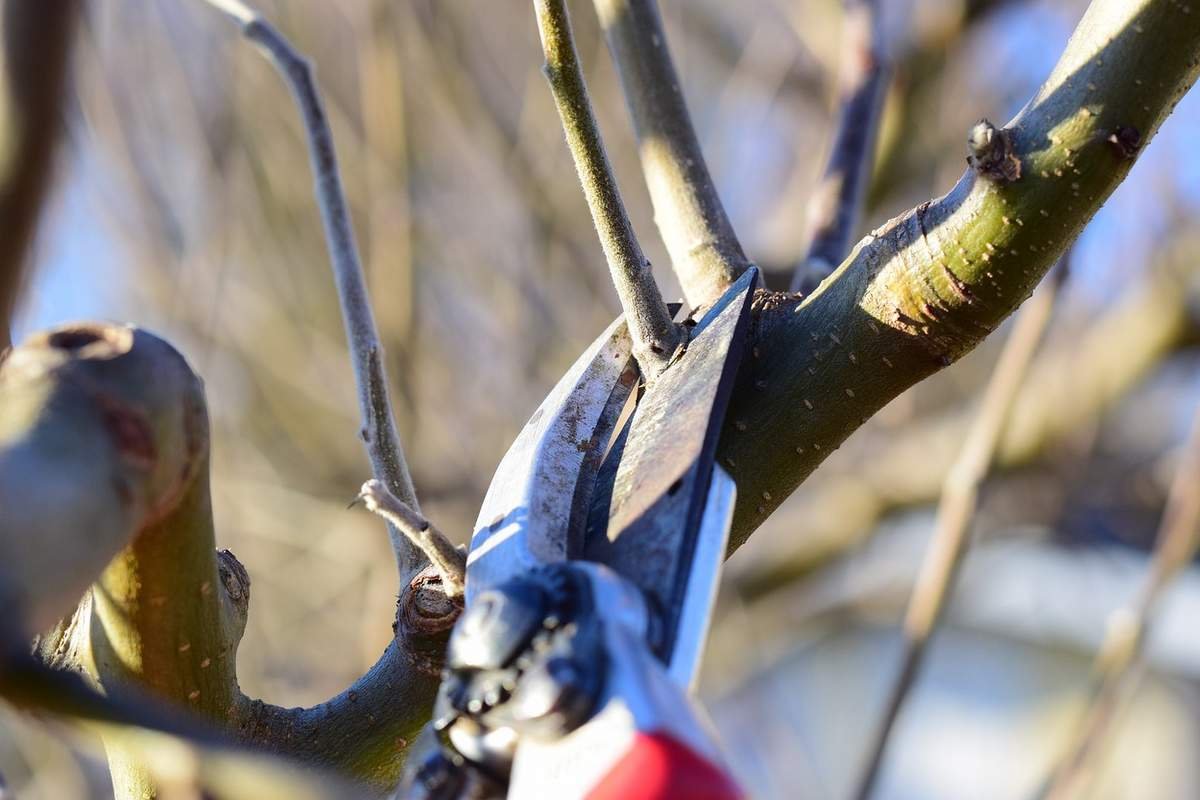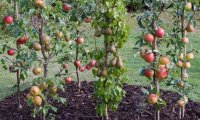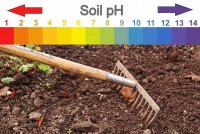
Geranium Care: How to Grow Pelargonium

How to plant, repot, propagate and overwinter geranium plants
Lush, flowering geraniums create a wonderful atmosphere on many balconies and terraces in summer, and for many people they’re an essential part of home decoration and a tradition that simply cannot be ignored. Most geraniums are usually grown as annuals, either in pots or directly in the garden, and they have an extremely long flowering period compared to other types of plants. Geranium care is undemanding as these plants are known for their drought and heat resistance, however geraniums are sensitive to cold, so they can only be grown outdoors once the danger of frost has passed.
What is the difference between geranium and pelargonium?
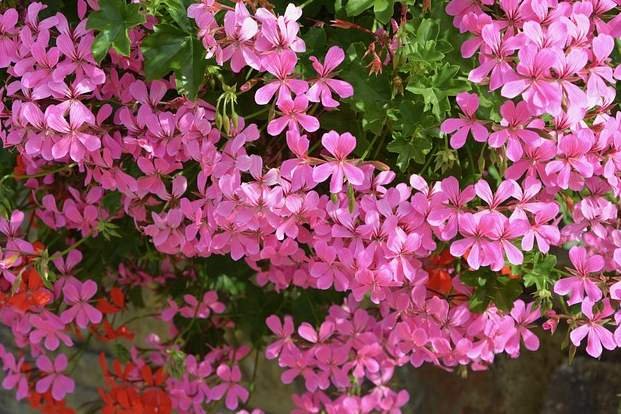
Geranium is a common English name for plants from the genus pelargonium, while plants from the genus geranium are commonly referred to as hardy geraniums or cranesbills. Although geraniums and pelargoniums are both members of the geraniaceae family, their growing conditions differ considerably. Unlike pelargoniums, cranesbills are more cold-hardy and low-maintenance plants, so they are commonly grown outdoors as low-growing perennials.
In contrast, geraniums (of the pelargonium genus) are flowering, evergreen perennials, succulents or shrubs native to tropical and subtropical parts of the world, especially South Africa. The pelargonium genus contains about 280 species, many of which are grown as ornamental plants. They’re also used in the production of perfumes, drugs, dyes and even as an edible plant for seasoning food.
Find more about: Geranium types and varieties
In this article, we will henceforth use the names geranium and pelargonium only to refer to the genus pelargonium.
Geranium care
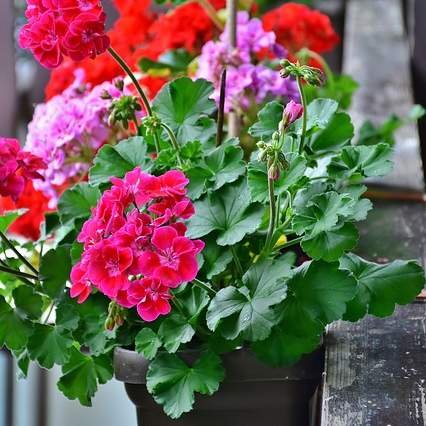 Geraniums are popular decorative plants mostly grown as balcony flowers, but they can also be used in the garden or as houseplants. To thrive, geraniums need frost-free conditions, along with plenty of light and moisture.
Geraniums are popular decorative plants mostly grown as balcony flowers, but they can also be used in the garden or as houseplants. To thrive, geraniums need frost-free conditions, along with plenty of light and moisture.
Geraniums grown in pots require regular watering to keep the potting soil moist, especially if they receive a lot of direct sun. Cutting back spent flowers can encourage further, denser flowering, but is not essential. If geraniums grown from seed or cuttings have stems that are too long and drooping, they can be shortened by pinching them off (with fingers or scissors) to encourage branching and thickening. Otherwise, geraniums do not require additional care.
Geranium growing conditions:
Plant type: evergreen perennial in no-frost climates/otherwise grown as annual
Light: sunny to semi-shaded location
Water: geraniums grown in pots require regular watering
Flowering period: from May to October
Best soil for geraniums
A nutritious and lightweight potting soil for balcony flowers is suitable as a growing medium for geraniums. Choose a mix that’s free of clay and rich in organic matter. The soil for geraniums should be neutral to alkaline (pH 6.5 - 8). You can increase the pH of overly-acidic soil that’s rich in peat by adding ground limestone or wood ash.
Growing geraniums from seed
Geranium seeds can be sown in small seedling trays. Sprinkle the geranium seeds over potting soil and cover them with a thin layer of potting medium or vermiculite to keep them protected from the light. Timing is important for starting geranium seeds so that they can be transplanted outdoors as soon as the risk of frost has passed. It takes 3 months for geraniums to grow to the proper size for transplanting into their final pots, so if you want to move your geraniums outside in mid-May, they’ll need to be planted in the first half of February.
 Water your geraniums generously after sowing and then every two to three days. Pour water into a saucer under the seedling trays to avoid washing the seeds off the top. Seedlings should be placed in a bright location, but not in direct intense sunlight. Once the seedlings have two leaves, you can use a potassium-rich liquid fertilizer (a balanced NPK fertilizer is a good choice) throughout their growth and flowering period.
Water your geraniums generously after sowing and then every two to three days. Pour water into a saucer under the seedling trays to avoid washing the seeds off the top. Seedlings should be placed in a bright location, but not in direct intense sunlight. Once the seedlings have two leaves, you can use a potassium-rich liquid fertilizer (a balanced NPK fertilizer is a good choice) throughout their growth and flowering period.
Seedlings should be transplanted into 2L / 3 - 4" pots when they have grown 6 to 8 leaves (2-3 weeks after sprouting). They will grow in these containers until they are ready for transplanting into their final pots or into the garden.
How and when to transplant geraniums
 Whether you have grown or bought your geranium seedlings, you should time the transplanting of your plants into their final outdoor containers when there is no longer a risk of frost (the date depends on your climate zone and the weather of the current year). Alternatively, they can be transplanted earlier, but in that case they should be protected from possible frosts indoors and provided with plenty of light.
Whether you have grown or bought your geranium seedlings, you should time the transplanting of your plants into their final outdoor containers when there is no longer a risk of frost (the date depends on your climate zone and the weather of the current year). Alternatively, they can be transplanted earlier, but in that case they should be protected from possible frosts indoors and provided with plenty of light.
The transplanting itself is very simple, making geraniums a great choice for beginner gardeners. Gently remove the plants with their root balls surrounded by potting medium from their smaller pots, place them in their final containers and fill the new pot with the same soil. Transplant the plants with 20 cm / 8" spacing if you’re placing several plants in a large container. If you are using a good quality geranium potting mix, you can plant the plants more densely next to each other or combine them with other types of flowers. The pots for geraniums must have drainage holes at the bottom to drain excess water.
Propagating geraniums
 Propagating geraniums from cuttings is very easy. Simply cut off a leaf and stem with a pair of sharp scissors and place the cutting (5 - 8cm / 2 - 3 inches long) in a potting medium that you keep moist. To increase the success rate, you can soak the base of the cutting in a growth stimulator before planting. Keep the planted cuttings in a place with diffused light and they should take root within three weeks. Cuttings can be taken and planted at any time during the geranium growing season.
Propagating geraniums from cuttings is very easy. Simply cut off a leaf and stem with a pair of sharp scissors and place the cutting (5 - 8cm / 2 - 3 inches long) in a potting medium that you keep moist. To increase the success rate, you can soak the base of the cutting in a growth stimulator before planting. Keep the planted cuttings in a place with diffused light and they should take root within three weeks. Cuttings can be taken and planted at any time during the geranium growing season.
Geranium overwintering
Geraniums are evergreen perennials adapted to tropical and subtropical light and temperature conditions. Overwintering geraniums therefore requires sufficient amount of light, frost-free conditions and air circulation. The temperature should not drop below 5 °C / 40 °F or rise above 15 °C / 60 °F when overwintering geraniums, and the plants should receive as much light as possible.

Geranium diseases
The most common diseases of geraniums are alternaria leaf spot, leaf edema, bacterial diseases, fungal diseases of roots and rhizomes, and rust.
Most geranium diseases can be prevented by keeping the plants in good health. Healthy plants are not as susceptible to disease, so it’s important to use a nutritious potting soil, water moderately, and ensure sufficient drainage and air circulation. Be sure to buy only healthy plants and to propagate cuttings only from healthy geraniums to avoid spreading disease. Any infested parts of the geraniums should be burned or left to decay in compost.
Find more about: Geranium diseases
Related themes:
1. Find more about Geranium types and varieties
2. Find out about How to choose the right potting soil mix for plants


 Author
Author


